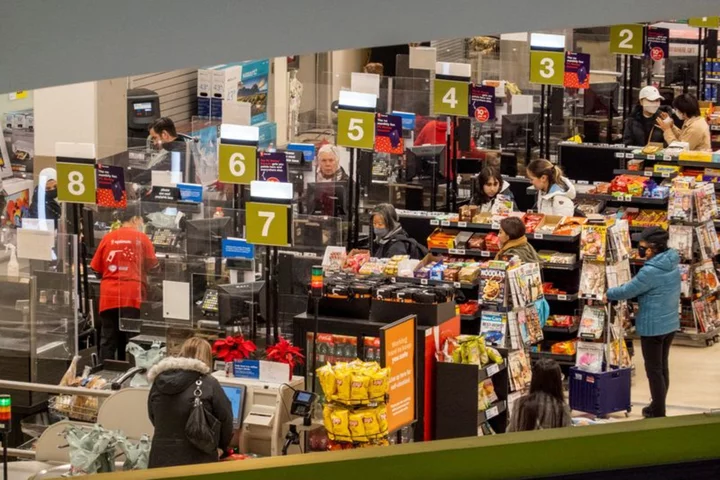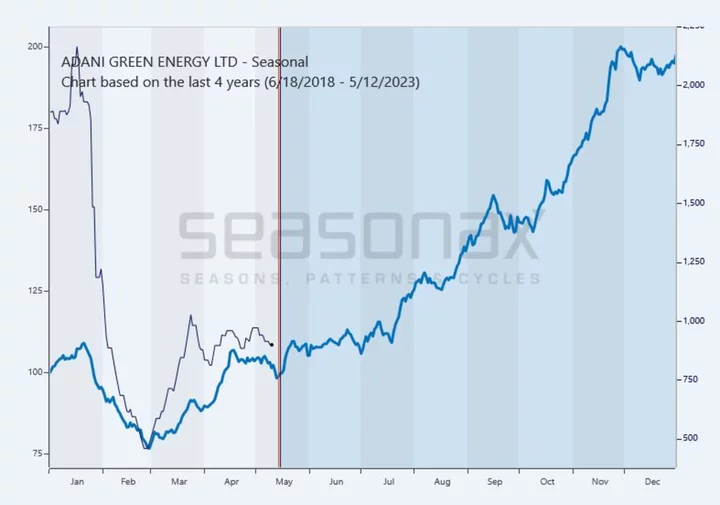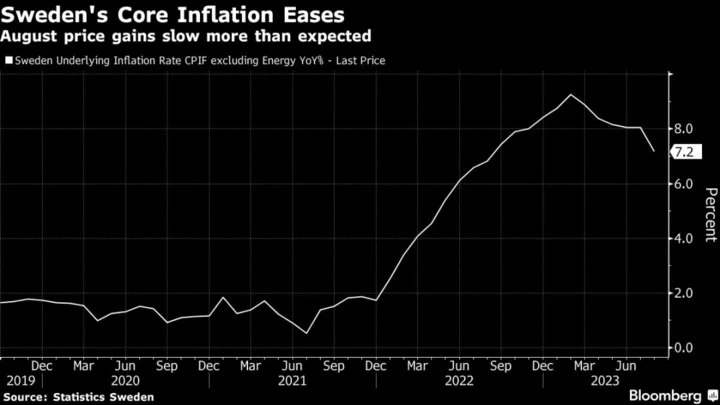By Fergal Smith and Steve Scherer
TORONTO Canada's record of declining productivity over the past three years is likely to make it more difficult for the Bank of Canada to tame inflation, raising the prospect of additional interest rate hikes even as the economy slows.
The Canadian central bank had expected productivity, or output per hour worked, to improve as the economy recovered from the COVID-19 pandemic. Instead, it has fallen in eleven of the last 12 quarters, taking it back to its 2016 level.
Declining productivity tends to hold back economic growth. It also stands to add to unit labor costs, a key measure of inflation pressures coming from higher wages.
"Weak productivity growth has been a serial problem in Canada," BoC Governor Tiff Macklem said this month, a day after the bank left its benchmark interest rate on hold at a 22-year high of 5% and pointed to a slower period of economic growth.
"Our own forecast is that productivity growth will turn around, but that is a risk to the outlook and if productivity growth continues declining it will make it more difficult to get inflation back to target," Macklem said.
The central bank has forecast that inflation will return to its 2% target in the middle of 2025. But data on Tuesday showed it rising more than expected to 4% in August, led by higher gasoline prices, while wage growth accelerated last month to an annual rate of 5.2%.
"Rapid wage gains are not occurring because folks are more productive. Output per hour worked has been in freefall," Derek Holt, head of capital markets economics at Scotiabank, said in a note.
Rising unit labor costs mean a choice for the economy - either businesses reduce their headcount to protect profits or monetary policy tightens further, Holt said.
Money markets have moved to price in another rate increase by the BoC over the coming months. A switch to easing is expected by the end of 2024 but at a slower pace than at the Federal Reserve.
'BIG, FAT ZERO'
Record levels of immigration have boosted Canada's economic growth in recent years but per capita GDP has grown much more slowly compared to the United States.
"We have been substituting labor for capital. So we bring more people in, or we run our plants harder," said Dennis Darby, president and CEO of Canadian Manufacturers & Exporters, which represents 2,500 companies.
"We've under invested for years, and we're now near the bottom of the G20 in terms of investment."
Canadian businesses invested 55 cents per worker for every dollar invested per worker in the United States in 2021, down from 79 cents in 2014, according to a June report by the Fraser Institute think-tank.
Structural factors are also a barrier to productivity, say analysts. They include Canada's large geographical size that leads to increased transportation costs, as well as a high proportion of small businesses, which tend to invest less than large enterprises, and the presence of oligopolies, which reduce competition in industries like banking and telecommunications.
"The big concern is that with productivity printing a big, fat zero growth in recent years, the entirety of wage gains is likely to find its way into prices," Doug Porter, chief economist at BMO Capital Markets, said in a note.
(Reporting by Fergal Smith in Toronto and Steve Scherer in Ottawa, editing by Deepa Babington)









